Learn how to celebrate Chaitra Navratri, the festival of Goddess Durga and Lord Rama, with this blog post. Find out the date, time, significance, rituals and traditions of this festival.
What is Navratri?
Navratri, a festival celebrated in India, is dedicated to Devi Durga, the goddess of power and strength. People celebrate the festival for nine days, symbolizing the nine forms of the goddess, also known as Navdurga. The festival derives its name from two Sanskrit words “Nava” meaning nine and “Ratri” meaning night.
Significance of Chaitra Navratri
Navratri is a celebration that lasts for nine nights and holds immense spiritual significance. The festival derives its name from two Sanskrit words that mean “nine nights,” and it is an opportunity for devotees to observe spiritual disciplines such as fasting, meditation, and prayer. This festival is a time for people to rest, recharge, and rejuvenate themselves.
Dates of Celebration in 2023 and 2024
The Navratri Festival, an important Hindu festival, is celebrated across India and other parts of the world with great enthusiasm and devotion. It is a nine-day festival dedicated to the nine divine expressions of Goddess Durga.
In 2023, Chaitra Navratri will be celebrated from 22nd March to 31st March, Ashadha Gupt Navratri will be celebrated from 19th June to 28th June, and Sharada Navratri will be celebrated from 15th October to 24th October. Additionally, Magha Gupt Navratri 2024 will be celebrated from 10th February to 18th February.
When is Chaitra Navratri Celebrated?
Chaitra Navratri occurs around the spring equinox, usually in March or April, and is the second most popular Navratri. It is also known as Vasant Navratri and is dedicated to the worship of goddess Shakti. The festival spans nine nights and ten days and culminates with the celebration of Ram Navami, which marks the birth of Lord Rama, an incarnation of Lord Vishnu.
What is Chaitra Navratri?
Chaitra Navratri gets its name from the first month of the Hindu Lunar calendar, namely ‘Chaitra’. It falls in the Shukla paksha of the Chaitra mass and this festival is also popularly known as Vasanta Navratri. According to the Gregorian calendar, the Chaitra Navratri festival falls in the month of March or April.
This auspicious festival is celebrated for nine whole days with great fervor and devotion by Hindus and its festivities are also celebrated by people of various ethnicities across India.
This festival is celebrated in order to worship Goddess Durga and Her nine divine forms. Each day of Navratri is dedicated to one of the nine forms of Maa Durga and prayers are offered accordingly.
Chaitra Navratri concludes on Ram Navami, the birthday of Lord Vishnu’s incarnation, and is the first month of the year as per the Hindu calendar, the start of the spring.
Due to the fact that this Navratri is associated with the birth of Lord Ram, all locations related with his birth, exile, and other elements of his life are adorned, and devotees visit them to adore the deity. Thus, Chaitra Navratri is primarily celebrated in Uttar Pradesh, Rameswaram in Tamil Nadu, Bhadrachalam in Telangana and Sitamarhi in Bihar.
How to Celebrate Chaitra Navratri?

Navratri is a significant Hindu festival dedicated to the divine feminine power in the universe, Goddess Durga. The festival is celebrated for nine days and is a time of great joy and festivity in India.
During this period, devotees engage in various rituals and practices to honor the goddess and seek her blessings. Chanting of holy hymns, dancing to the beats of garba and dandiya, and attending Jagrans are some of the popular ways that devotees express their devotion to their favorite goddess.
It is crucial for the younger generation to understand the significance of Navratri and its rituals to keep the rich Indian culture alive for generations to come. By passing on the knowledge of the festival’s meaning and practices, they ensure that the vibrant and colorful celebration of Navratri continues to be an essential part of Indian culture.
Ghatasthapana
Ghatasthapana is an essential Navratri ritual that marks the beginning of the nine-day celebration. It is a sacred act of invoking Goddess Shakti, and performing it at the wrong time or in a wrong way can lead to negative consequences. It is advisable to follow specific rules and guidelines when performing Ghatasthapana.
The most auspicious or Shubh time to perform Ghatasthapana is during the first one-third of the day while Pratipada is in effect. It is also possible to perform it during the Abhijit Muhurta if the auspicious time is not available. However, it is not recommended to perform Ghatasthapana during Nakshatra Chitra and Vaidhriti Yoga, even though it is not prohibited.
It is also important to avoid performing Ghatasthapana on Amavasya and at night. The act of Ghatasthapana is also known as Kalash Sthapana or Kalashsthapana, and it is crucial to perform it before Hindu noon time while Pratipada is in effect.
Understanding the proper way of performing Ghatasthapana is essential to ensure that one can reap the maximum spiritual benefits of Navratri and avoid any negative consequences.
Growing Khetri
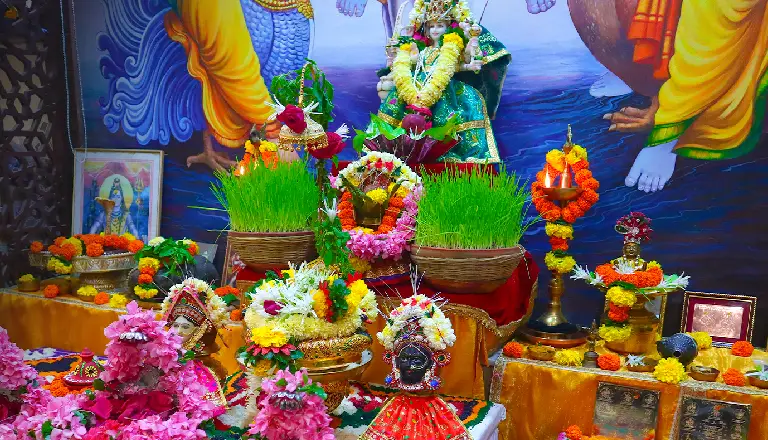
Growing Khetri or barley seeds during Navratri is a tradition that symbolizes growth, prosperity, and abundance. The practice of growing barley seeds is believed to have originated in ancient India, where farmers used to sow barley seeds in their fields to invoke the blessings of the Goddess for a bountiful harvest.
Today, this tradition is still prevalent in many parts of India, where families and communities participate in the ritual of growing Khetri during Navratri. The barley seeds are nurtured and cared for during the nine-day period, and it is believed that the growth of the seeds represents the growth of wealth, happiness, and prosperity in the family.
On the last day of Navratri, the Khetri is taken to a nearby river or stream and immersed in the water, which is believed to release the energy and blessings of the Goddess into the environment. Alternatively, the Khetri can also be placed under a Peepal tree, which is considered a sacred tree in Hinduism.
The tradition of growing Khetri during Navratri is not only a way to seek the blessings of the Goddess but also a way to connect with nature and celebrate the abundance of life. It is a beautiful way to honor the cycle of growth and renewal that is an essential part of the Hindu philosophy.
Fasting During Navratri
Navratri, the festival of the goddess Durga, is celebrated with great devotion and fasting is a significant aspect of this nine-day festival. The purpose of fasting is not to appease the deity, but rather to cleanse the mind, body, and spirit. According to Ayurveda, fasting allows the abdomen to be empty, which generates more jatharagni or digestive fire, eliminating toxins from the body. This results in a calm mind, increased focus, and improved mental strength.
Austere/Full Fasting
During an austere fast, a person does not eat anything for the entire festival, which lasts for nine days. They may only consume water during this period. The fast is broken on the tenth day after performing a puja (worship) and offering food to young girls (Kanya Pujan).
Partial Fasting
In a partial fast, one can consume permitted foods such as fruits, sabudana, rajgira, kutta kaatta, dairy, and nuts during the day, and have a one-time meal at night. It is important to keep drinking water during the fast, and one can also consume coconut water, buttermilk, lemon juice, and other juices to avoid dehydration and weakness.
It is recommended to offer whatever food is prepared to the deities and then share it as Prasadam. Keeping the home clean at all times is important, as a clean home is believed to invite the Goddess. One should avoid consumption of alcohol, drugs, eggs, non-vegetarian food, onions, and garlic during this period.
When can one break the fast?
Navratri is not only a time for celebration and festivities but also a period of spiritual significance, observed by families all over northern India. The seven-day fast, known as Navratri Parana, is a tradition that is followed by many. Some may choose to fast only on certain days, while others observe it for the entire festival.
Breaking the fast after performing Kanya Puja is a common practice, but it is important to note that there is no need to seek out the Navratri Parana Muhurat if you follow this tradition. Fasting during Navratri is believed to bring spiritual purity and blessings from Goddess Durga, and many people also choose to donate food or money to the needy during this time, as a form of charity and seeking the blessings of the goddess.
Nav Kanya Pujan

During Navratri, families invite nine young girls below the age of 13 to their homes and worship them as embodiments of the nine goddesses or nine manifestations of Goddess Shakti. This age-old tradition, known as Nav Kanya Puja, is highly regarded for its ability to please Goddess Durga. The belief behind this tradition is that the feminine gender embodies the primordial energy of creation and these girls represent the very first force that inspired the creation of the universe and the gods, making them deserving of utmost respect and admiration.
During Kanya Puja, the family washes the girls’ feet, ties a red mauli on their hands, and applies a tilak on their forehead. Then, they worship and offer prasadam, including puri, dry black chana, and halwa. Some families also invite and worship a boy of the same age as the form of Bhairava (Shiva). The coconut kept at the altar is cracked open and shared as prasadam among the girls.
This ceremony, also known as Maha Ashtami Kumari Puja, holds great significance in the Navratri festivities. Performing Kanya Puja is believed to help one gain the blessings of Goddess Durga and acknowledge the feminine power bestowed in the female child. Additionally, all the offerings made to the goddess during the nine days are offered to the young girls, making this ceremony an important aspect of Navratri celebration.
Rudraksha you should wear during Navratri
Nine Mukhi Rudraksha
The Nine Mukhi Rudraksha is highly recommended to be worn during Navratri, as it is believed to be blessed by Devi Durga herself. This Rudraksha is associated with the nine forms of Durga and is believed to bring peace, prosperity, and success to the wearer. It is also believed to help overcome obstacles, provide protection from negative energies, and enhance spiritual growth.
Eighteen Mukhi Rudraksha
The Eighteen Mukhi Rudraksha is believed to be blessed by Devi Bhumi, the earth goddess, who is revered as the mother of all creation. Wearing the Eighteen Mukhi Rudraksha is believed to bestow abundance, prosperity, and good fortune upon the wearer. It is also believed to enhance intuition, promote spiritual growth, and protect the wearer from negative energies. This Rudraksha is also said to help remove obstacles and bring success in all endeavors.





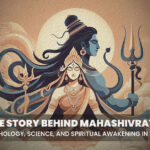

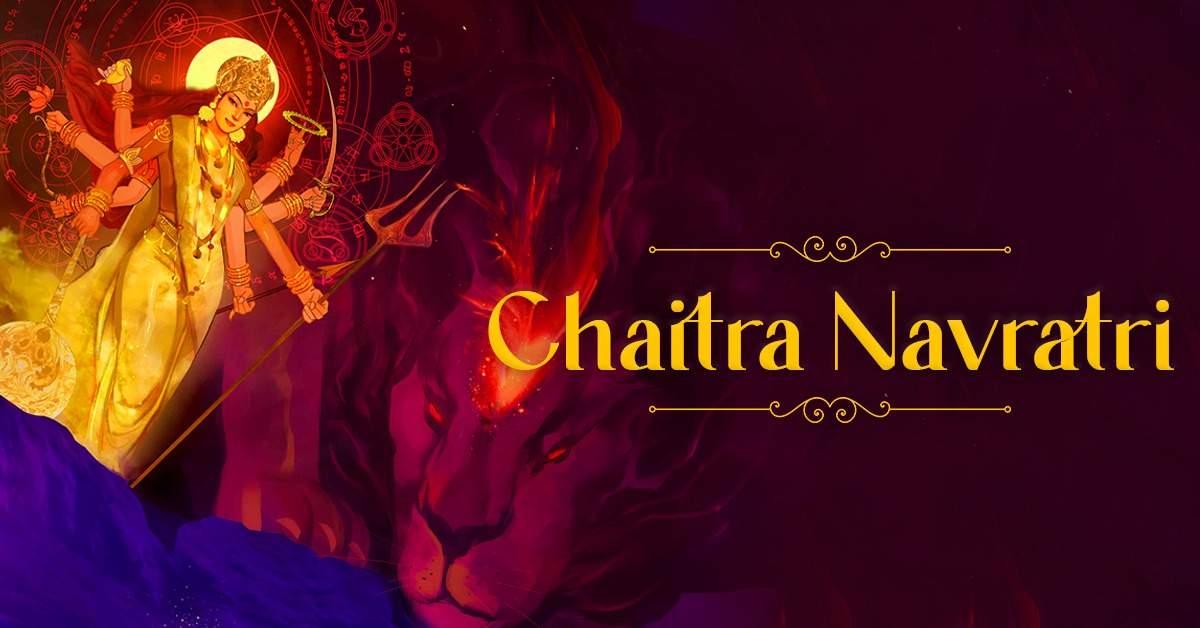

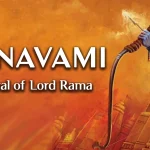


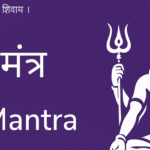

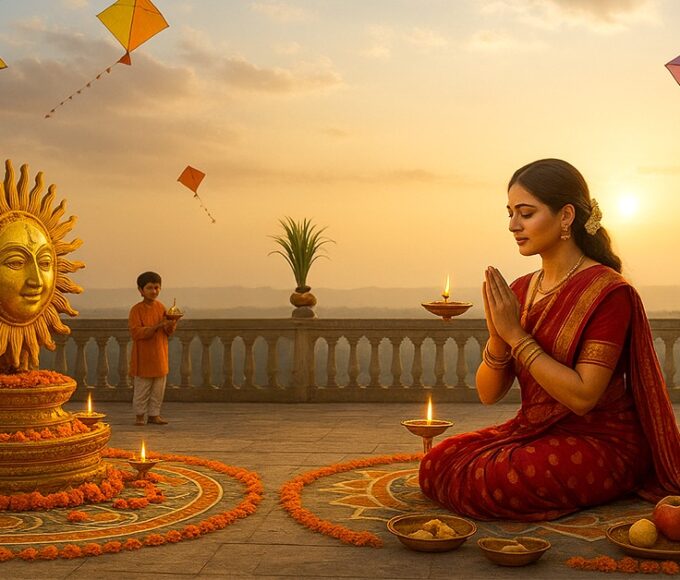
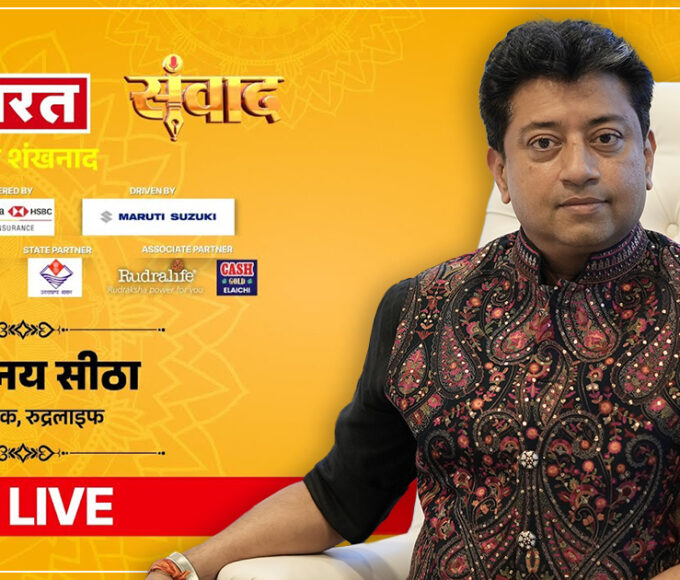
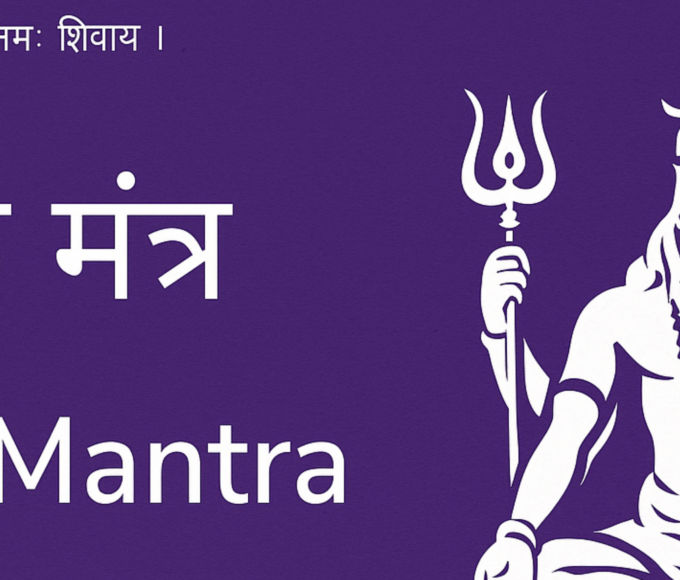
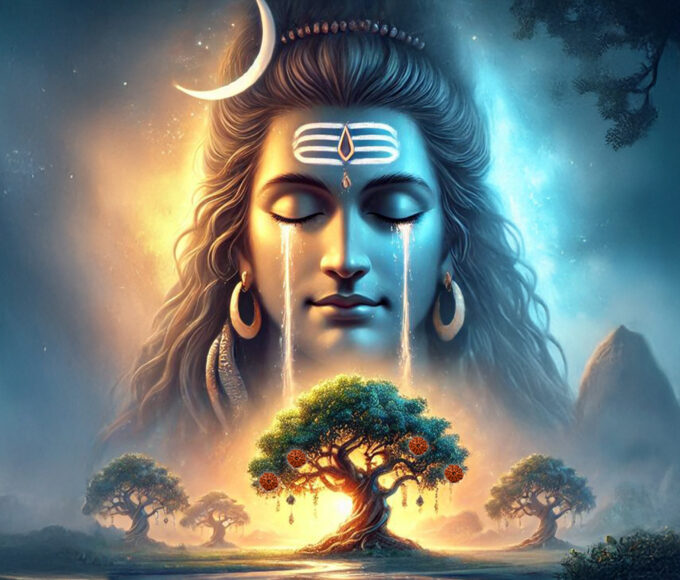
Leave a comment